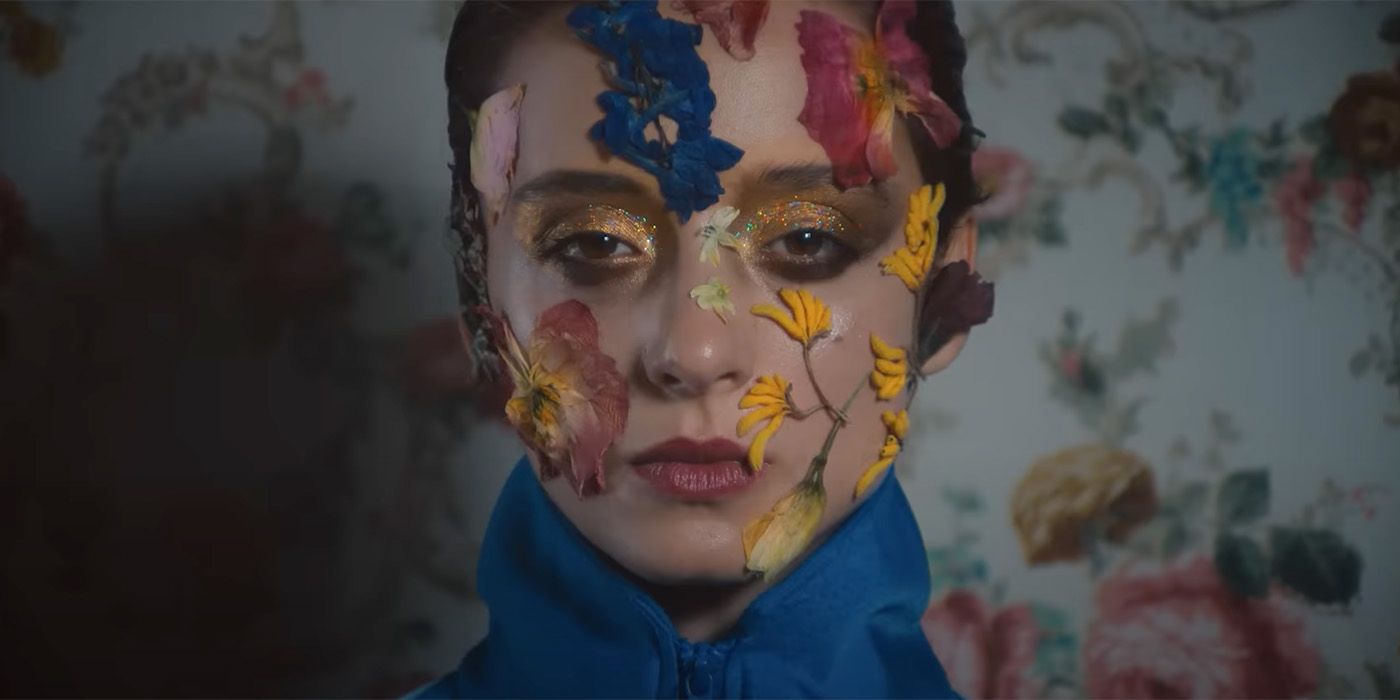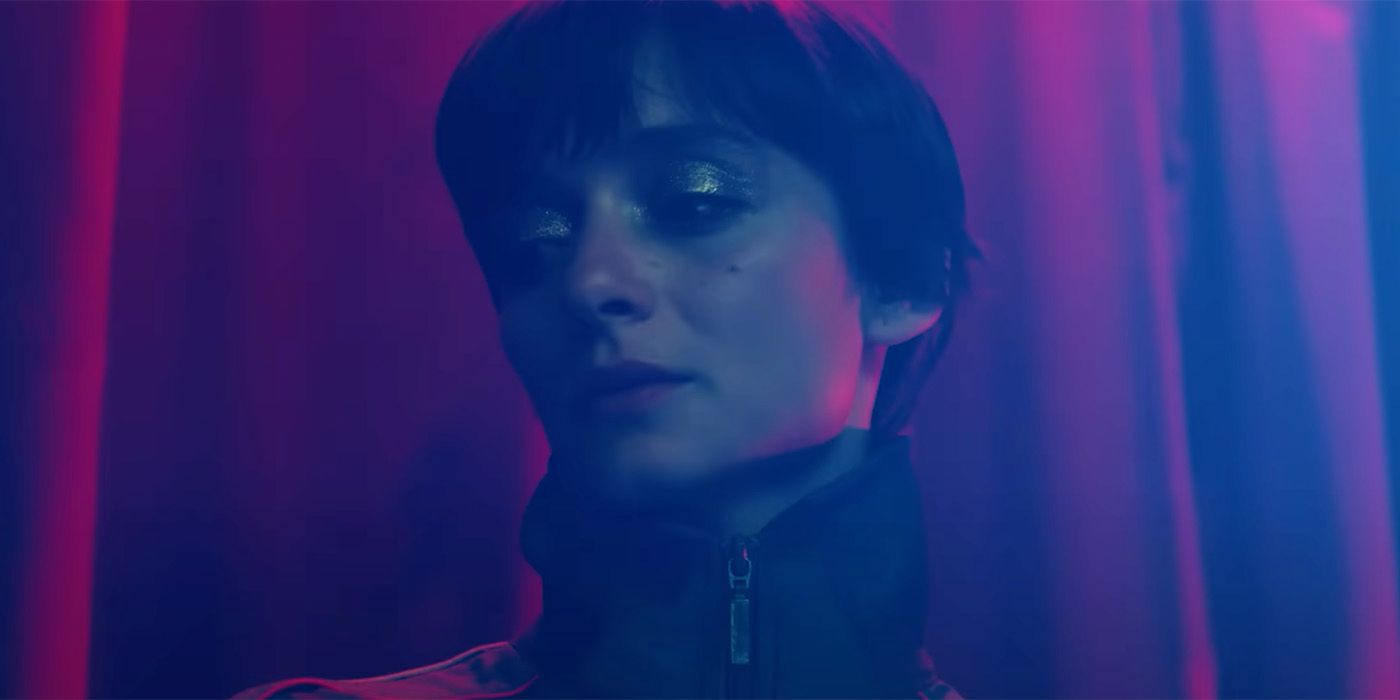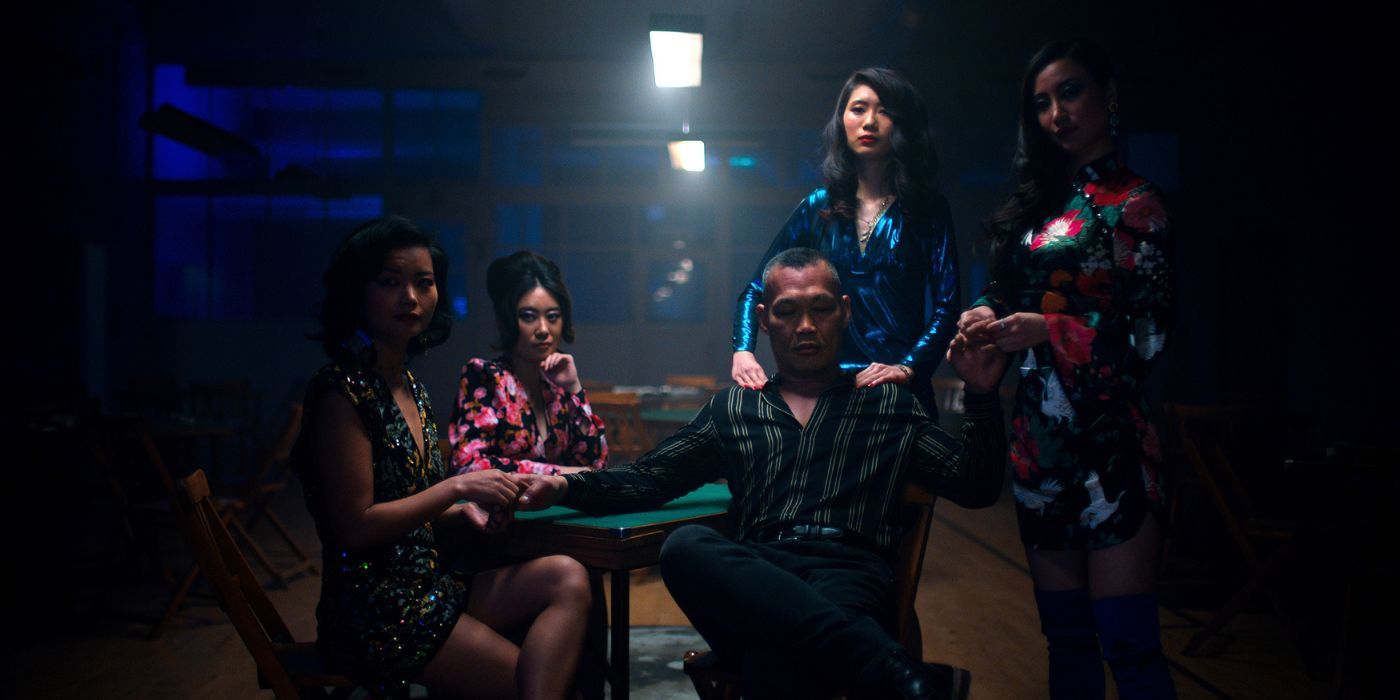There is a very funny and telling excerpt from an interview between filmmakers William Friedkin and Nicolas Winding Refn that went semi-viral some years ago. In the video, Refn labels his own film, Only God Forgives, a masterpiece. How much irony is baked into the statement is left up to the viewer to interpret, but Refn ensures that his tone is purposefully ambiguous. Moments later, the Neon Demon director playfully mentions that he thinks his 2011 crossover smash Drive should have been mentioned, *by Friedkin*, in the same breath as established classics like Citizen Kane and 2001: A Space Odyssey. Friedkin responds to Refn by curtly cutting him down to size, but the message is perfectly clear all the same: Nicolas Winding Refn, for better or worse, thoroughly enjoys his own work.
And really, why shouldn’t he? Over the years, Refn has cemented himself as one of our most singular and idiosyncratic film stylists. Love Refn or hate him, you can recognize the man's films by the frame. Before Drive, generally speaking, Refn was known for making two kinds of movies: cruel, hard-hitting neo-noirs set in the criminal underbelly of Denmark (the Pusher movies) and creepy Lynchian fever dreams that were light on exposition and heavy on visual allegory (Valhalla Rising, Fear X).
Since then, Refn has consistently returned to the unabashedly scummy neon netherworlds he prefers to dwell in, which he does once again in his most recent project, the Netflix-produced Copenhagen Cowboy. By this point, you surely know the drill, and you’re either on board with Refn’s shtick, or perhaps you think he’s a hack. The bottom line is this: Refn is not switching up his winning recipe for me, you, or anyone else. This is very much true of Copenhagen Cowboy, though this new work – which, like 2019’s polarizing and almost audaciously vile Too Old To Die Young, splits the difference between a miniseries and a long-form feature – is most interesting as a showcase for Refn essentially paying homage to himself.
Refn Repeats His Archetype With the Protagonist of Copenhagen Cowboy
Like nearly every character from a Refn movie that isn’t one of the Pusher films or the Tom Hardy-starring prison freakout Bronson, Miu, the protagonist of Copenhagen Cowboy, is a nearly-mute killing machine who comes equipped with a disarmingly sensitive stare. Refn has repeated this archetype so many times at this point that he’s practically tightrope-walking on the knife’s edge of cliché, though Copenhagen Cowboy flips the proverbial script by having said archetype be a woman (women, it should be said, don't always fare as well in Refn's films, though it helps that Miu is played by the enigmatic Angela Bundalovic, rocking a cold-blooded glare and an Agnes Varda haircut). Miu becomes our tour guide through the urban abyss of Copenhagen after dark, which the director shoots in his preferred palate of lurid, soul-sick neons.
In the first episode, Miu is adopted by an older woman, Rosella (Dragana Milutinovic) whose home, we come to learn, is actually a brothel populated by sex slaves and frequently visited by mobsters. The material in this first chapter is deeply alienating and nasty, recalling similar, controversial narrative set-ups from the similarly unsparing Too Old To Die Young. When Miu makes a daring escape from this environment that one supporting character correctly describes as a “hell,” she finds herself crossing paths with another, far kinder mother figure, Hulda (Li Ii Zhang), who oversees a restaurant where people are more liable to conduct shady backroom deals or get the hell beat out of each other than they are to actually sit down for dinner. These kaleidoscopic passages of Copenhagen Cowboy are intensely reminiscent of Only God Forgives, rife with over-the-top mommy issues, balletic martial arts combat sequence, and its puzzling, borderline-narcotized pace.
Refn Doubles Down on His Style Rather Than Diversifying
Even when, late in the series, Miu crosses paths with a menacing heavy played by Triangle of Sadness actor Zlatko Burić, their reunion seems itself intended as a kind of cheeky easter egg, one that will remind viewers that Burić appeared in all three of Refn’s Pusher films (Burić is even the lead of the third and best Pusher movie, Pusher III: I’m The Angel Of Death). Throughout Copenhagen Cowboy, we are invited to reflect on the ways in which Refn is not just playing the hits, so to speak, but finding new context for the images and motifs and fetishes that have always been important to him. Even an epic throwdown that occurs in Copenhagen Cowboy’s final episode feels like a tip of the hat to a particularly punishing beating that Ryan Gosling receives during a pivotal sequence in Only God Forgives.
Some artists are constantly finding untapped modes of expression, inhabiting new genres in hopes of unearthing something hitherto unexplored within themselves. Other artists spend lifetimes perfecting a specific set of motifs and interests, often mining for variations on the same core theme. Copenhagen Cowboy, among other things, is proof that Refn belongs in the latter camp. He’s not going to suddenly stop bathing his actors in sleazy nightclub lighting, nor, we presume, is he going to start requesting that they read their lines like regular, flesh-and-blood human beings. You go to a Nic Refn project to see a Nic Refn project, and Copenhagen Cowboy is nothing if not that.
Is Refn Repeating Himself with Copenhagen Cowboy?
Suffice to say, all of this filmmaker’s peculiar, unhinged kinks are present and accounted for in Copenhagen Cowboy: pornographers and pimps and thick-necked Eurotrash goons with godawful tattoos, though there is also a hateful and almost supernaturally powerful Aryan clan who may or may not be vampires. Less-than-charitable viewers will see this as the bad-boy Danish filmmaker opting to repeat himself instead of growing or challenging his own instincts. While one could very well choose to look at Copenhagen Cowboy this way, the show achieves distinction by presenting these admittedly familiar ingredients – in some cases, the knowing, self-reflexive repetition of entire scenarios, visual compositions or even lines of dialogue from prior Refn projects – in a delightfully cockeyed fashion.
In the end, Copenhagen Cowboy isn’t just Refn doing another one of his gorgeously lit gangster wallows: the series could accurately be described as possessing elements of occult horror, legitimate superhero logic, and pure, bugged-out arthouse abstraction. The series, above all else, is 100% undiluted Nic Refn – so much so that the only thing that either he or you or I could hope to compare it to is, well, another Nicolas Winding Refn project.




.jpeg)